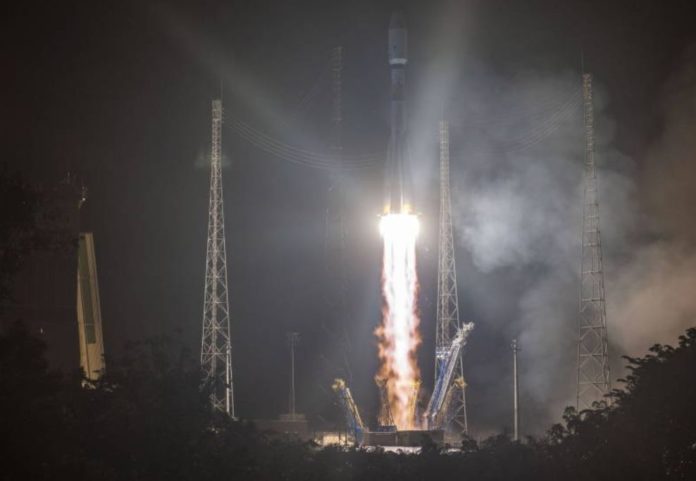The Soyuz rocket has begun its journey at 05:54 local time (08:54 GMT) in a second attempt after yesterday the operation was cancelled due to a failure in one of its components
The European Cheops mission for the study of exoplanets has taken off in a Soyuz-Fregat launcher from the Kurú Space Port in French Guiana.
The Soyuz rocket has begun its journey at 05:54 local time (08:54 GMT) in a second attempt, after yesterday the operation was cancelled due to a failure in one of its components.
Although the take-off phase on Wednesday has taken place as planned, the success of the Cheops orbit will not be known until within two hours, when the satellite separates from the rocket at 8:17 local time (11:17 GMT) and half an hour later send the signal to the National Institute of Aerospace Technology (INTA), located in Torrejón de Ardoz (Madrid).
It is the first time that a satellite in the European environment is controlled by Spain since the initial phase after launch; INTA will direct the centre from which the satellite will be operated and the programming of data associated with the telemetry transmitted by it.
Cheops is a mission of the European Space Agency (ESA) with a strong participation of Spanish industry and science; Its objective is to study the radius and density of hundreds of exoplanets, those outside our solar system.
It is led by Swiss astronomers, including the last Nobel Prize in Physics Didier Queloz, who along with Michel Mayor received the award for finding the first planet orbiting a star similar to the Sun outside our solar system.
Since these two scientists – Queloz is at the launch – identified this first exoplanet, the scientific community has catalogued more than 4,100; Cheops, rather than looking for new bodies of this type, will analyze known exoplanets.
It will focus on stars that host planets of a size between Earth and Neptune.
In the Soyuz go three missions; In addition to Cheops, the rocket will put into orbit the first satellite of the constellation Cosmo-SkyMed (second generation) of the Italian space agency and three European CubeSats, small satellites.
